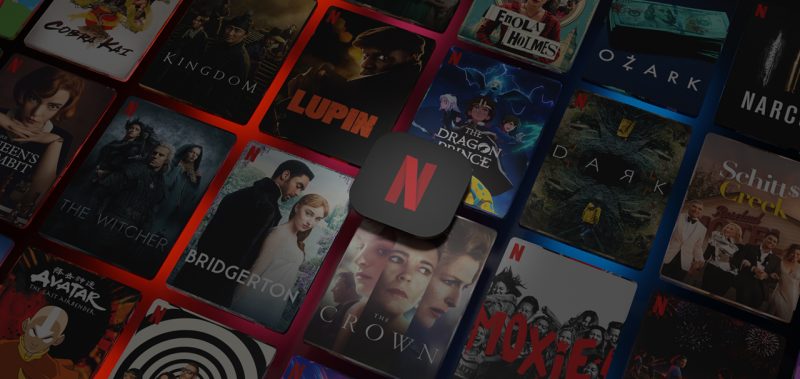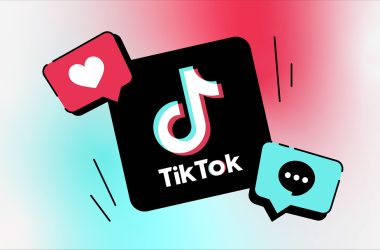If you’ve ever stared at Netflix’s rows and thought “this catalog really gets me,” that’s not luck. That’s AI, quietly working behind the scenes. The company uses machine learning across the app: what titles appear, the order they show up, the cover art you see, how video gets compressed without looking muddy, even how ads are shaped for the growing ad-supported plan. It’s not hype; it’s core product. And it’s been that way for years—now accelerating.
A quick proof point before we get cozy: “More than 80 per cent of the TV shows people watch on Netflix are discovered through the platform’s recommendation system.” That’s from a Wired interview with Netflix leadership, and it’s the kind of number that changes how you think about entertainment merchandising online.
Alright—let’s unpack how this plays out in real life and why it matters for anyone building AI-powered software for business.
The heartbeat: recommendations that feel eerily personal
Open Netflix and notice: the rows aren’t fixed. Your homepage is a living, breathing recommendation slate. Netflix has said for years that it splits viewers into “taste” groupings and balances your history with the behavior of similar members.
As VP of Product Innovation Todd Yellin once put it, the system rests on “members; taggers who understand… the content; and our machine learning algorithms that take all of the data and put things together.” It’s a simple line for something pretty sophisticated.
Underneath the friendly carousel sits a stack of models—classic collaborative filtering, newer deep learning, bandit-style rankers, and domain models that understand facets of content like tone or pace. Netflix’s research pages and technical papers make the point clear: personalization is not one model but a system of models, each tuned to a task like ranking, search, or even session intent. Recent public research explores LLM-era ideas like conversational recommendation and intent prediction for sessions, which tells you where this is headed.
If you’re skeptical, that’s fair. But the business signal is hard to ignore: surfacing the right title at the right moment increases watch time and reduces churn. Recommendation quality is not a “nice to have”; it’s the storefront, the greeter, and the salesperson rolled into one.
What’s happening under the hood
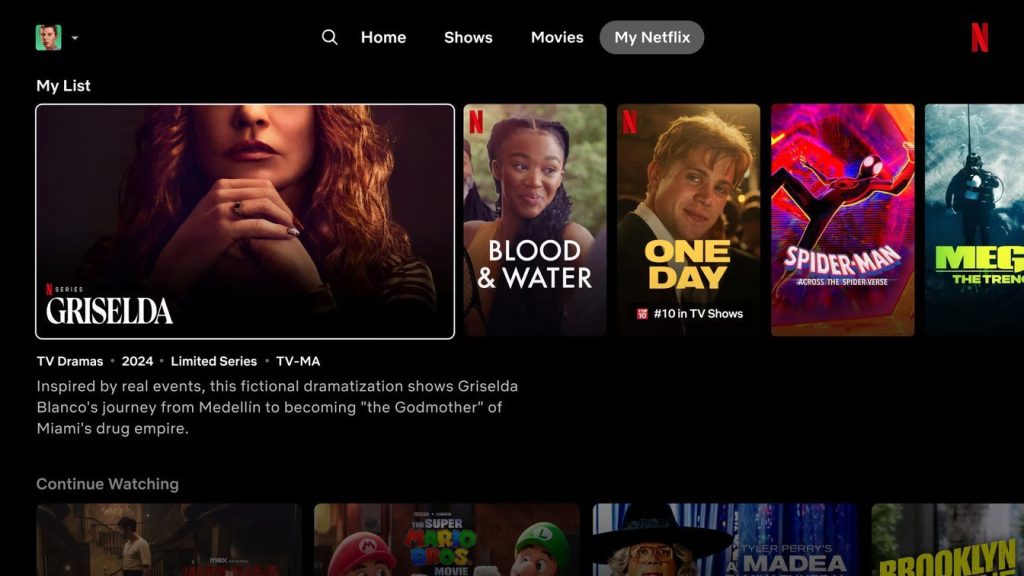
Think of your profile as a timeline of tiny choices: play, pause, watch through, bail early. The system reads that stream and asks simple questions that lead to useful math: Do you binge character-driven dramas late at night? Do you sample trailers and return later? Do you fade during slow openings? Those signals get matched with content traits—genre is too broad, so Netflix also cares about features like “dark humor,” “slow burn,” or “ensemble heist.” That’s where human experts who tag content and machine-learned features meet in the middle.
When you open the app, a ranking model guesses what you’ll actually click now, not just someday. It mixes high-confidence bets with a bit of exploration so your feed doesn’t get stale. And because most people don’t type, search itself behaves like a recommender—nudging you toward titles you’re likely to enjoy. Netflix has even shared work on long-term satisfaction, a reminder that good recommender systems don’t chase only short-term clicks.
Does the system get it wrong? Of course. That’s where the next trick comes in.
The cover art that “gets” you
Ever notice how the poster for the same show looks different for you and for your friend? That’s intentional. Netflix personalizes artwork, trailers, and synopses to highlight the hook most likely to resonate.
A Netflix engineering post described this as artwork personalization; outside reporting later noted that some users felt misled by images that over-emphasized minor characters.
Netflix’s response was blunt: “We don’t ask members for their race, gender, or ethnicity.” The company said it uses viewing history to personalize, not demographic traits.
Two things can be true at once. Personalization can be helpful and it can raise hard questions about how it’s done. For teams building AI, this is a practical lesson: personalization works best when it’s transparent enough to be trusted.
Streams that look sharp without hogging your bandwidth
Here’s a quieter place where AI shows up: video encoding. Netflix pioneered “per-title” and “per-shot” optimization, which means the system analyzes each movie or episode and chooses the most efficient settings for that specific content instead of using a one-size recipe.
A trade publication summarizing Netflix’s own tech blog put it this way: “each title should receive a unique bitrate ladder, tailored to its specific complexity characteristics.” That’s why animation and grainy film stock don’t get the same treatment. Viewers get higher quality at lower bitrates, and Netflix gets a leaner, faster stream.
It sounds technical, but you feel it: fewer compression artifacts on fast-motion scenes, fewer stalls on weak Wi-Fi, better battery life on phones. In a business context, this is ML as cost control and experience lift, not just personalization magic.
Search, LLMs, and a future where you “talk” to the catalog
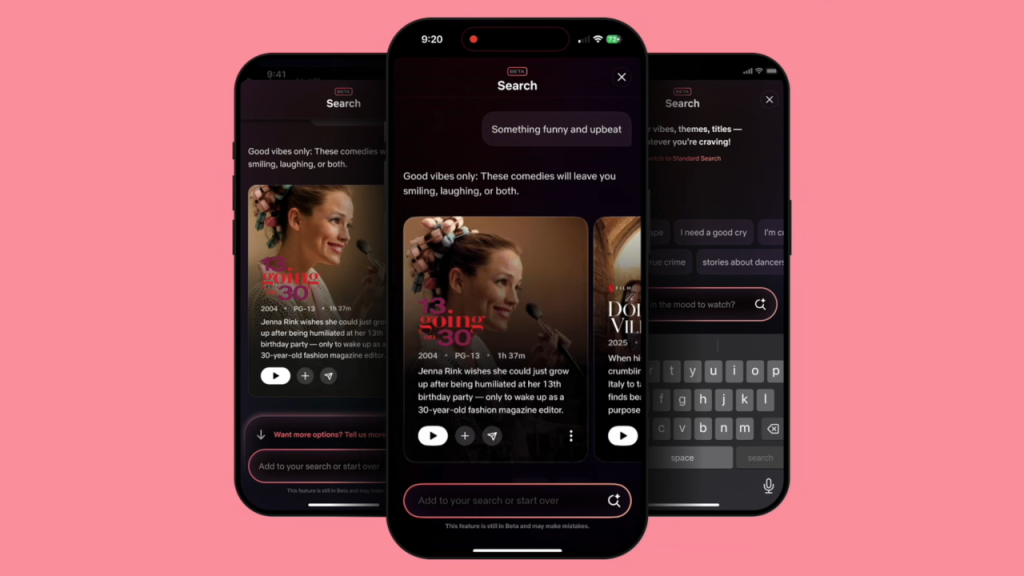
There’s a reason everyone is testing chat-like search. Sometimes you don’t want a title; you want a mood: “smart thriller, short episodes, nothing gory.”
Netflix’s research has discussed conversational recommenders and session-intent modeling, both of which lean into that natural way of asking. Connecting retrieval, ranking, and dialogue is non-trivial—especially when you add safety and localization—but the direction is clear from Netflix’s own research publications.
If you build product, the broader pattern is useful: LLMs handle language and context, while domain-specific rankers do the precision work. Think “LLM as a friendly front door; recommender as the engine.”
Ads meet AI: smarter targeting and new creative formats
Netflix’s ad-supported plan has gone from a small experiment to a huge audience. By May 2024, the company said the ad tier had 40 million monthly users and announced plans for an in-house ad tech platform by the end of 2025. That isn’t a press-release flourish; it’s a statement about building more control over targeting, measurement, and creative formats.
And the formats themselves are getting interesting. During its 2025 Upfront, Netflix previewed an AI-powered ad approach that lets brands blend creative elements with the look and feel of specific shows—“use AI to let advertisers ‘marry’ their product with the streaming service’s shows and movies.” Netflix also touted growth to 94 million monthly users on the ad plan. Expect more experimentation here, because the incentive is obvious: better ad relevance without wrecking the viewing experience.
Is this only about revenue? Mostly, yes—and that’s not a bad thing. If the ad tier funds more shows while keeping subscription prices in check, viewers win too. The real trick is doing it in a way that respects context and avoids the uncanny.
The plumbing: Netflix’s ML platform and Metaflow
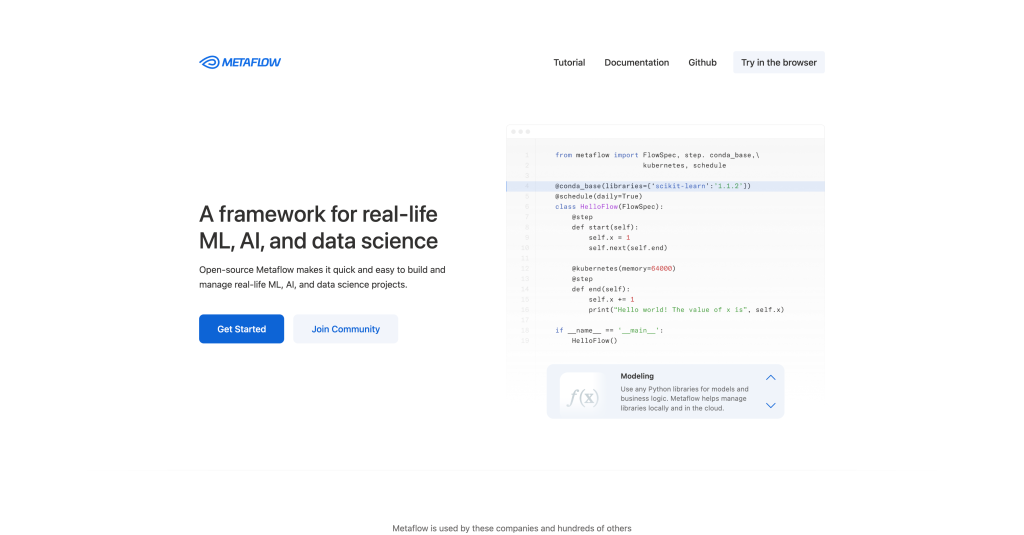
It’s easy to fixate on the shiny surface. The less glamorous side is the tooling that lets hundreds of teams ship models reliably. Netflix built and open-sourced Metaflow, a framework for real-world ML and data science projects.
The official site calls it “battle-hardened at Netflix” and the public GitHub lists a striking scale claim: at Netflix, Metaflow “supports over 3000 AI and ML projects” and runs hundreds of millions of compute jobs across petabytes of data and artifacts. That’s not theory; that’s operations.
Why should you care if you don’t work at Netflix? Because the lesson is universal. AI isn’t a single model. It’s a pipeline: data, features, training, evaluation, deployment, monitoring, and retraining. Without strong internal platforms, you end up with model drift, brittle apps, and frustrated teams.
Netflix’s investment in platform engineering is a big part of why its AI shows up in so many corners of the product, from personalization to studio operations.
Where hiring signals strategy
A company’s job listings are little windows into its roadmap. In July 2023, CBS News flagged a Netflix posting for a Product Manager of the Machine Learning Platform with total comp up to $900,000, quoting the role as “creating product experiences that have never been done before.” That one line captures the ambition: AI isn’t an experiment on the side; it’s a pillar.
You can argue about pay scales, sure. But high-leverage infrastructure roles do move the needle for a company where AI touches discovery, quality, marketing, and now advertising.
A quick reality check: what AI doesn’t do
A fun bit of history: remember the Netflix Prize? Back in 2009, a team won $1 million for improving rating prediction. In 2012, reporting noted that Netflix never shipped the exact winning algorithm. The engineering lift wasn’t worth it, and the company’s data reality had changed with streaming. That sounds like heresy—until you realize it’s healthy product discipline. Use what fits the business, not what looks flashy on paper.
The bigger theme is this: the best AI work tends to be humble. It sweats details and learns from experiments. Netflix is known for that culture—test, measure, refine, repeat.
For business and AI leaders: what can you steal here?
A few practical patterns stand out.
First, treat recommendation as the storefront if discovery drives your business. Don’t anchor on one model. Build a system that handles ranking, exploration, and refreshes as user taste evolves. The result isn’t only more clicks; it’s less churn. Netflix’s long-term satisfaction work is a good reminder to optimize for durable engagement, not just quick wins.
Second, remember the hidden wins like encoding. We talk a lot about personalization because it’s visible, but capacity-saving models may deliver huge ROI. If you move large files or run real-time streams, per-item optimization is worth the effort. The “unique bitrate ladder” idea is just a fancy way of saying: tailor the system to the content, not the other way around.
Third, invest in platforms early. Tooling like Metaflow doesn’t get you headlines, but it does get you stable deployments, reproducibility, and calmer engineers. It also makes regulated use cases less stressful because you can trace what your models did and why.
Fourth, own your ad tech if ads are strategic. Bringing more of the stack in-house lets you experiment faster with formats and measurement, which is half the battle in a crowded streaming market. Netflix’s in-house platform timeline is a textbook signal.
Finally, be transparent about personalization. Netflix’s artwork episode shows how easy it is for well-meant features to feel off. Clear guardrails and plain-language explanations help keep goodwill intact.
So—does Netflix use AI? Absolutely. Here’s the why that matters.
Netflix doesn’t wear AI like a badge. It uses it like plumbing, wiring, and great lighting. You feel it when the right title shows up at the exact right moment. You feel it when a 4K stream glides on a so-so connection. If you’re on the ad tier, you’ll feel it as spots get smarter and, ideally, less jarring.
You know what? That’s the real takeaway. The best AI in consumer products isn’t loud. It’s invisible until it’s not there. For companies building with AI—whether you sell media, travel, or groceries—the Netflix playbook is clear: take the pieces that help your users today, invest in the platform that will help your teams tomorrow, and keep your promises simple enough that people trust the magic.




